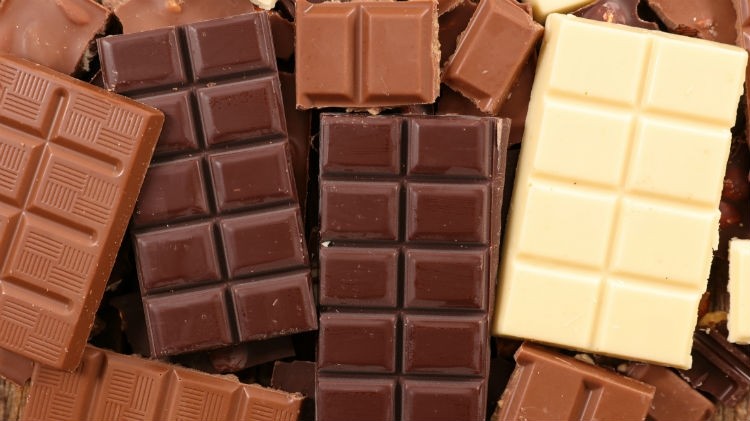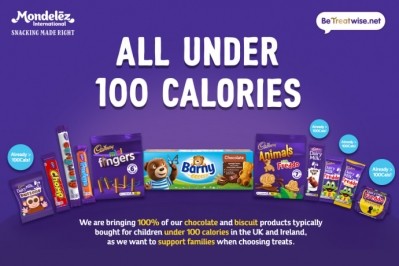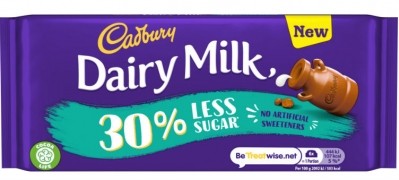Sugar reformulation
New study finds steep rise in sugar levels in UK chocolate bars

A team of researchers from Queen Mary University of London (QMUL) has discovered the sugar content of chocolate in the UK has increased since 1992, which, they say, “is concerning from a public health perspective”.
In a paper: ‘Cross-Sectional Survey of the Amount of Sugar and Energy in Chocolate Confectionery Sold in the UK in 1992 and 2017’, seen by ConfectioneryNews, sugar levels in some of the UK’s favourite chocolate bars averaged 44.6% by weight in 1992, compared to 54.7% in 2019.
But the report also stated the results suggest that sugar levels can be reduced because (a) lower sugar versions of the same products existed in 1992 and (b) there is a large variation in sugar and energy content between different categories of chocolate and within the same category.
Of the bars the researchers examined, UK supermarket Sainsbury's own branded milk chocolate contained the biggest sugar spike, increasing from 22.9% to 53.6%.
Cadbury bars, including Dairy Milk Fruit & Nut, also contained nearly 20% more sugar and the report found confectionery from Nestlé and upmarket store Marks & Spencer also had significantly increased levels of sugar.
Kawther Hashem, a nutritionist from the Wolfson Institute of Preventive Medicine at QMUL, who led the study, told a Sunday paper: “Sugar levels have risen sharply over time in these brands. Sugar intake in adults averages about 14 teaspoons a day - double the recommended maximum - and 13 teaspoons in children, and is linked with tooth decay, obesity and diabetes.”
The UK government has challenged food retailers and manufacturers to cut the amount of sugar in sweets and snacks most commonly eaten by children by 20% in 2020.
'Calorie tax'
Campaigners in the UK have been putting political pressure on manufacturers, calling for a 'calorie tax' on cakes and chocolate bars. This follows the success of last year’s sugar tax in the UK, where fizzy drink manufacturers are taxed at up to 24p a litre on drinks containing 8g of sugar per 100ml and 18p a litre on those with 5-8g of sugar per 100ml.
Under government proposals, expected in the autumn, food firms would have to pay the extra levy, which could increase the cost of a chocolate bar if they then decide to pass it on to consumers. The extra money would be put towards tackling childhood obesity in the UK.
A Nestlé spokesperson told ConfectioneryNews: “We are investing heavily to find ways to reduce sugar and improve our confectionery. Average sugar levels have decreased across our product portfolio over a number of years and we have reduced the sugar in our confectionery by 10% since 2015 – the equivalent of 7,500 tonnes of sugar.”
The negative publicity surrounding sugar could also have played a role in the fact that 28% of people report they limit the amount of chocolate they eat due to the high sugar content.
Researchers said there are tentative signs that manufacturers and retailers are placing a greater focus on the issue: “Chocolate products with a low/no/reduced sugar claim grew in 2015 and 2016, with activity mainly from branded manufacturers. Indeed, it was seen from the 2017 survey that there were a few chocolate confectionery products with extremely low concentrations of sugar, as low as 0.5%. However, these alternatives to well-known products, even after several years on the market, generally only account for a small proportion of sales and they are unlikely to change the market drastically,” the report found.
Reformulation
One of the report’s conclusions was that “in order to have a large impact, reformulation of existing products on the market is needed, owing to the huge volume of chocolate consumed; even small reductions would have a significant impact on sugar and energy intakes of the population. However, if the sugar reduction programme aimed to reduce childhood obesity, then perhaps the focus should be on the energy density of chocolate confectionery products and not just sugar content, because often the high-sugar products can be the lowest in energy content …”
In terms of sales, chocolate bars and blocks remain the top choices, each eaten by nearly two thirds of chocolate consumers, according to the research. It recommended targeting those products with reformulation and portion size reduction may be the key in helping manufacturers reach their 20% reduction target.
The report from QMUL said another area that can have an impact on chocolate confectionery sugar content is front of pack nutrition labelling.
“This study showed that a high proportion of products would be labelled as red for sugars. If such a labelling system was enforced, some manufacturers may be incentivised to reformulate in order to avoid putting red labels on their products,” it concluded.






